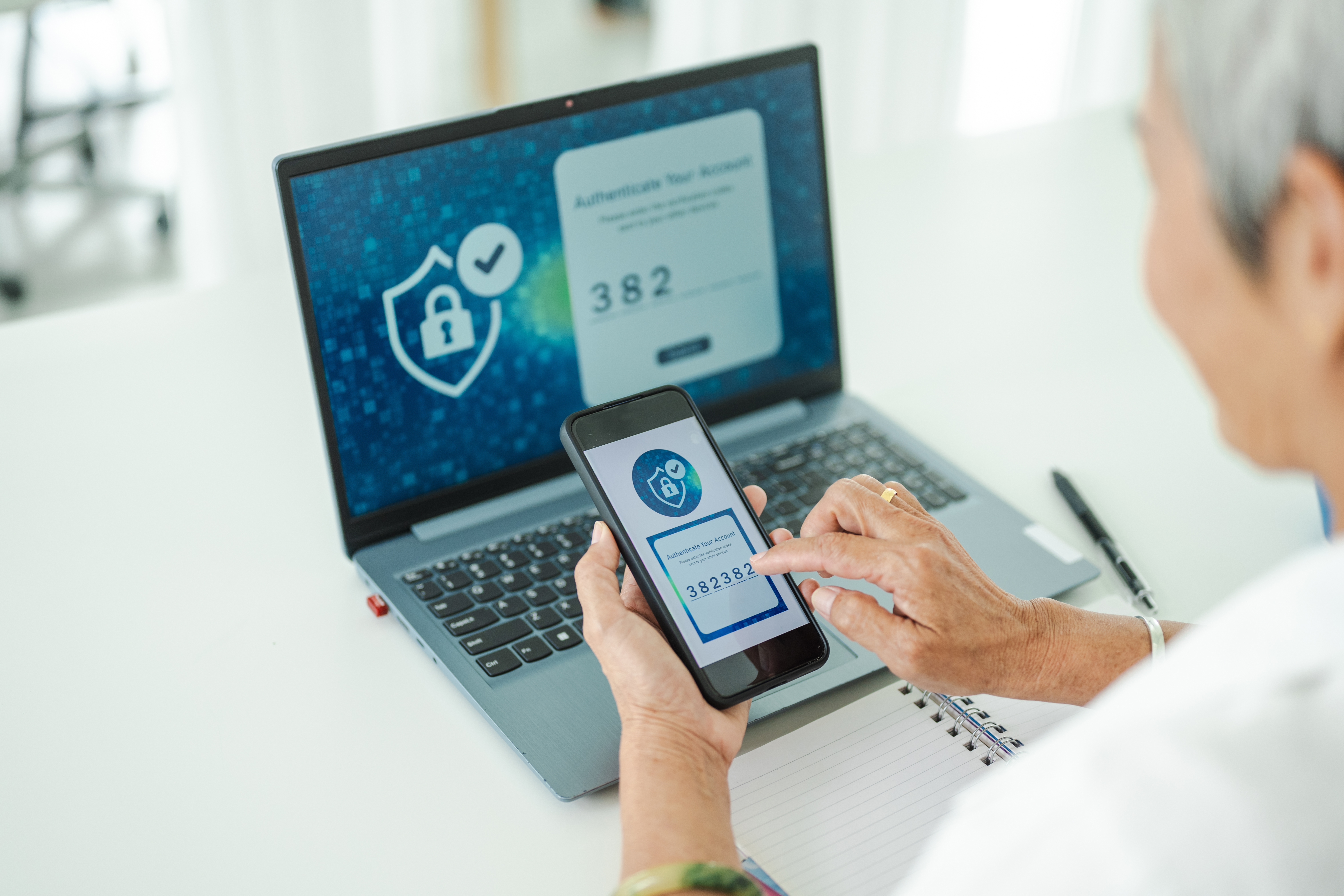Identity Theft
Protect Your Identity
As technology evolves, so do the tactics criminals use to take advantage of vulnerable individuals. Each year, millions of Americans fall victim to identity theft, which is the fraudulent acquisition and use of an individual’s personally identifying information (PII), usually for financial gain.
Rates of identity theft related crimes have steadily increased across the United States, and our data projects that to continue to grow by almost 50% through the end of 2025.
The Emergence of Synthetic IDs
Identity theft today is more than a stolen credit card. The fastest growing financial crime, synthetic identity fraud, uses sophisticated technology to steal pieces of PII and enables crimes from life insurance fraud to cargo theft.
Synthetic IDs are created from a mix of real and fake identifiers such as Social Security number, date of birth, name, email, address, phone number, and insurance policy number, and are generally derived from stolen or leaked data. As a result of their complexity, these synthetic IDs are uniquely difficult to trace, identify, and resolve, allowing schemes to go undetected for longer periods of time.
Identity Theft Leads to Other Crimes
Identity theft frequently leads to a range of insurance crimes, including:
- Account takeover: upon gaining access to a victim’s online insurance account, all policy and account details (such as address phone number, or email) are changed all at once, allowing the criminal to file multiple claims in a short period of time.
- Vehicle finance fraud/theft: using stolen or altered information to obtain auto loans, lease vehicles, or purchase cars under a victim’s name. They do not make payments, and then utilize methods such as VIN switching and title washing to avoid detection from law enforcement
- Cargo theft: assuming the identities of legitimate trucking companies, drivers, or logistic businesses to commit transportation theft or fraud.
- Medical fraud: in certain cases, criminals use stolen information to obtain prescriptions or file fraudulent insurance claims. By targeting an individual who was already receiving medical treatment, the insurance company sees the bill as a continuation of this care.
Follow These Tips to Protect Your Identity
By taking a few extra steps, you can help safeguard your PII and your finances.
- Lock your credit report: contact Experian, Equifax, or Transunion to lock your credit card from potential scammers. You can lift the lock as necessary for any credit or financing needs.
- Secure online PII: Delete any personal information you enter on a digital platform and follow up to confirm the removal.
- Leverage a password manager: instead of storing your passwords in an unsafe location, use a service that allows you to securely save passwords and generate unique passwords for each account.
- Create unique user IDs and passwords for every platform: utilizing the same user ID and/or password across platforms makes it easier for scammers to break into your accounts.
- Never carry your Social Security card and passport unless absolutely necessary: lock core information and documents in a safe location and only retrieve when needed.
- Never reveal personal information to an unknown caller: scammers use generative AI tools to create fake voices to secure your trust. Ask for a name, phone number, and reference number and verify that information.
- Never reveal personal information on an unsecured site: hackers create content that looks legitimate to steal your information. To make sure a site is secure, check for URL misspellings. Secure sites will have an "s" following the "http" and a padlock icon.
- Use two-factor authentication protocols if available: many institutions offer dual-identity authentication protocols such as a password and a verification code that is sent to a secondary device (such as your email or cell phone).


